The Chokecherry, Prunus virginiana, also called Wild Black Cherry, is one of the many edible wild fruits from the Rosaceae family. I have already featured some other wild edibles from this family such as the Serviceberry, dwarf raspberry, wild strawberry and the blueberry.
This deciduous shrub generally grows from 2-3m. The ovate leaves are finely toothed and slightly wider above the middle. The ripe fruit are nearly black, 8-10mm in diameter and contain a single stone, or pit, that is considered toxic (just like a cultivated cherry pit). If yours have several tiny seeds then you may have found yourself some Chokeberries, also of the Roseceae family, but another topic….
I came across a stand of Chokecherries as I was biking along a trail. I didn’t have any ziplock bags with me so I used my empty water bottle to collect the cherries. In just a few minutes I had half filled the bottle and was on my way.
The name Chokecherry comes from the rather astringent flavour of the fruit, making one’s mouth pucker. Rarely are these fruit eaten out of hand. It is more common to make jams and jellies with Chokecherries. I turned mine into a big tray of Jello! 🙂
These plants have a wide range across North America. In my area they tend to ripen around mid-August. I meant to write this post a few weeks ago but some SUP Camping got happily in the way.
Here are two great resources to bring on your hikes to help you with plant identification:
• Forest Plants of Central Ontario; Lone Pine Publishing
• Peterson Field Guides – Edible Wild Plants, Eastern/Central North America
As with any wild plant:
• harvest/consume only those that you can identify positively
• when in doubt ask an expert in the area
• Learn to distinguish from any similar poisonous plant (if applicable)
• Sample sparingly at first to gauge individual sensitivities/allergies
• Understand which parts of which plants may be consumed as many edible plants have toxic parts/structures
• Harvest only when/where abundant
• Do not harvest plants that are endangered or in need of protection
• If you want to know even more about the difference between chokecherries and chokeberries (Aronia melanocarpa) check out Aronia in America!
Happy Trails!
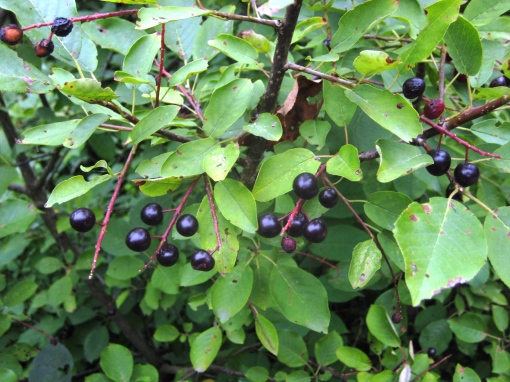
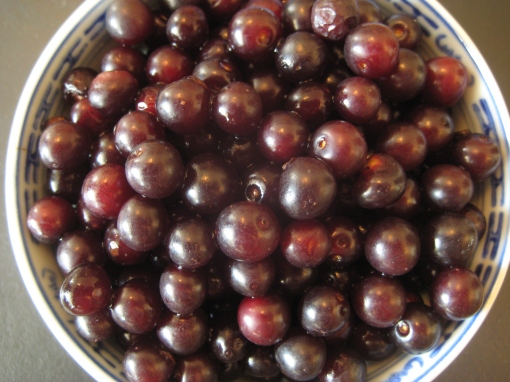
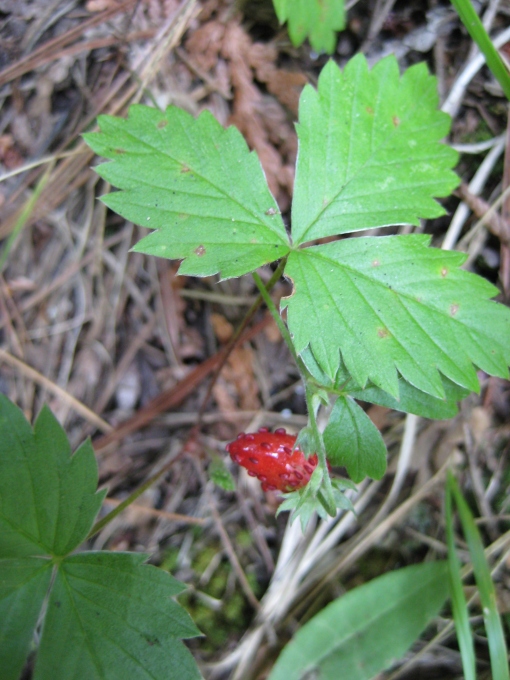
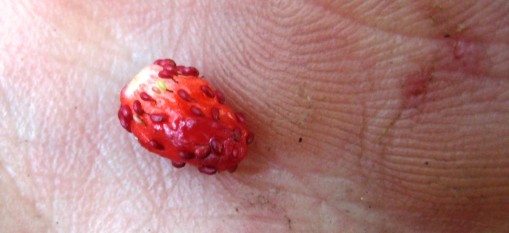
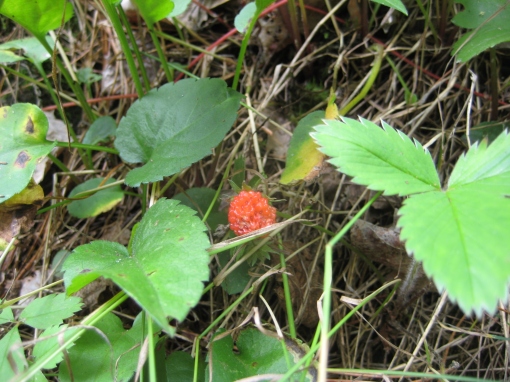

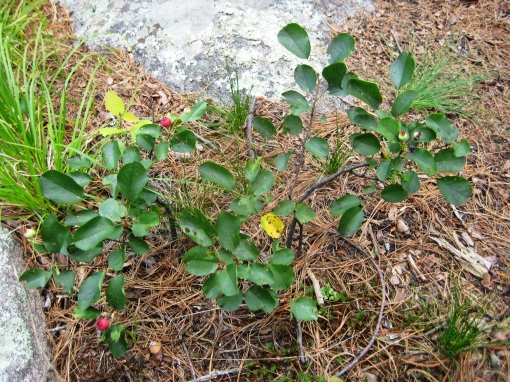
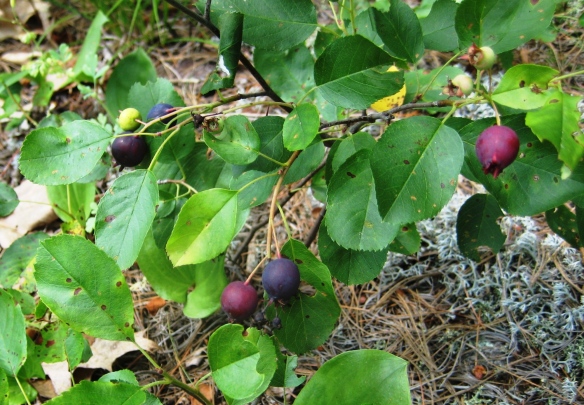
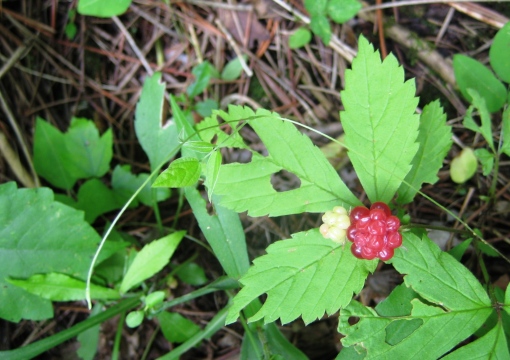
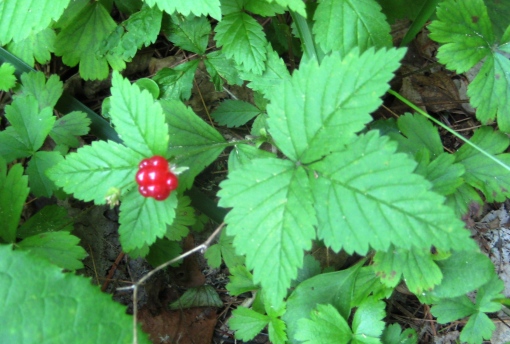
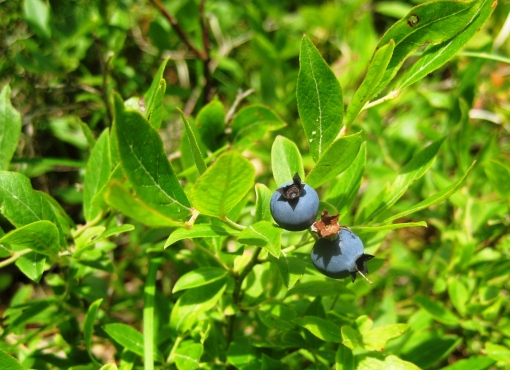
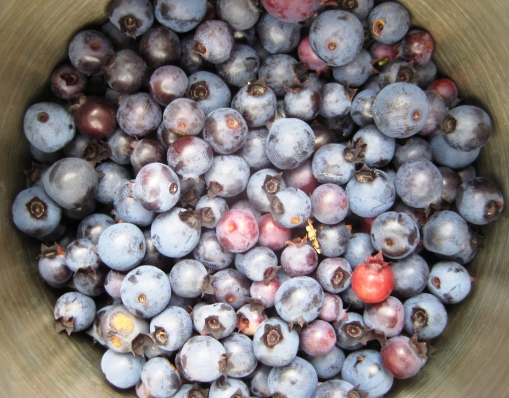
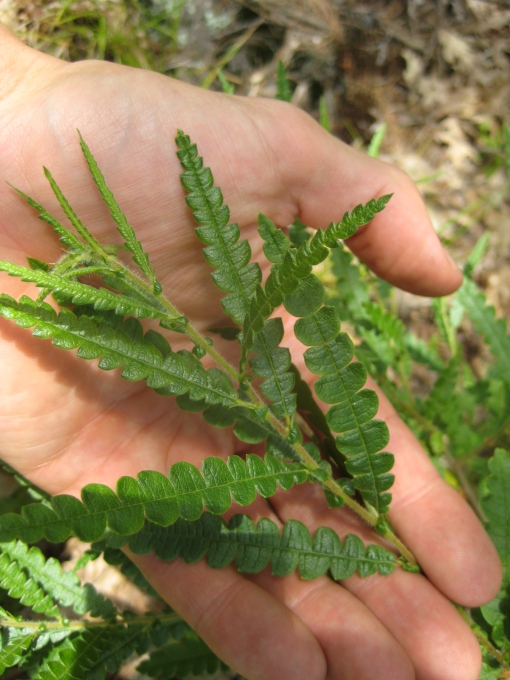
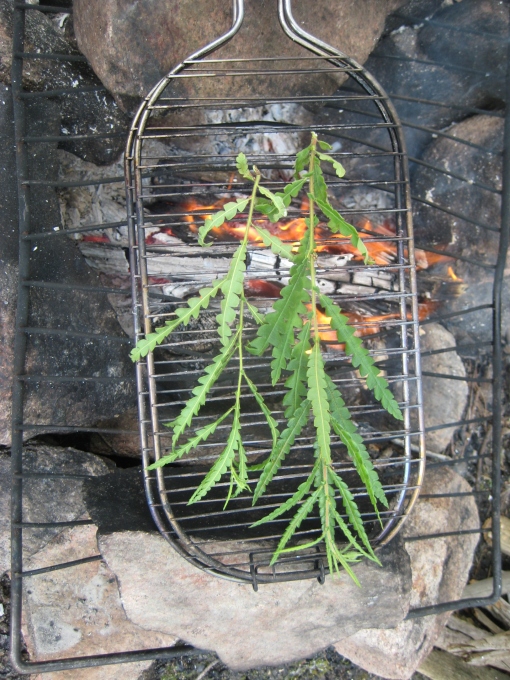



You must be logged in to post a comment.